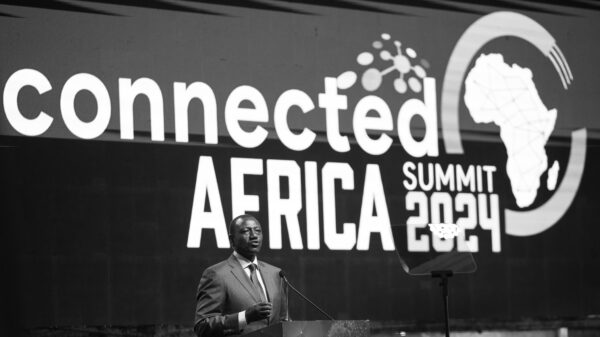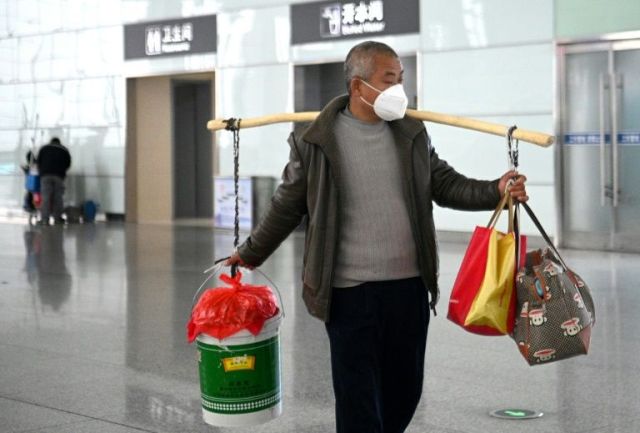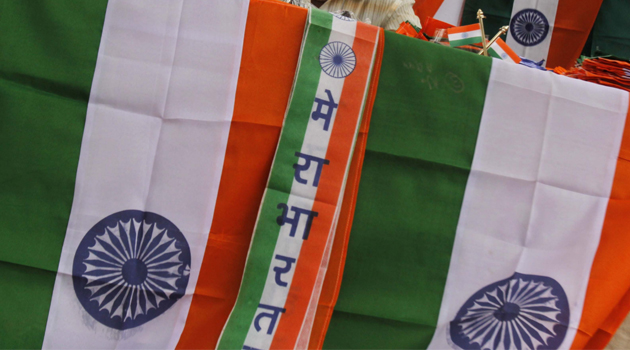The Bill & Melinda Gates Foundation has no plans to support Pathak directly, according to Jan Willem Rosenboom, its senior program officer on water, sanitation and hygiene strategy. The organization has spent $150 million on toilets and sanitation in India since 2011 and will continue operating in the country, he said.
Convincing rural Indians to use toilets may prove a bigger challenge than building them, Rosenboom said. After centuries of practicing open defecation, some families refuse to end the cultural norm because using a toilet is sometimes associated with filth and low social status.
“Open defecation cannot end on the planet without it ending in India first,” Rosenboom said in New Delhi. “Beyond just toilets, India needs to tell its people that this behavior is not acceptable and is damaging to society.”
India has made some gains in the past 40 years, with 29 percent of households having access to a toilet in 2006, up from 1 percent in 1981, according to the World Bank. Even so, limited financial resources combined with a lack of political will at the state and federal level has hampered progress, Pathak said.
India spent 125.7 billion rupees on building toilets from 1999 to 2014, according to the Ministry of Drinking Water and Sanitation, and allocated 140 billion rupees on water and sanitation in the 12 months ended March 2013. That’s equivalent to 0.1 percent of GDP, less than what Pakistan, Bangladesh and Iran spent on sanitation and hygiene in 2013, according to a World Health Organization report.
“If India wants to end open defecation, the citizens of this country are going to have to do it,” said Pathak, adding that his organization is spending 4 million rupees to build 406 toilets in the village where the two girls were raped and murdered last month.
Pathak’s system offers toilets ranging from $10 to $1,000 per unit using materials from bamboo to steel depending on the quality and durability demanded by the installing agency. For the project in Badaun village, Pathak will use cement and ceramic to ensure they will not require maintenance “for a lifetime,” he said.
Pathak has worked to bring India toilets since 1968, when he joined an organization that provided relief for the lowest members of the Indian caste system, who were employed as toilet cleaners. Two years later, Pathak founded Sulabh and designed a toilet that has since been used around the globe.
Pathak’s toilet includes two tanks with holes that turn the excrement into fertilizer, he said, adding that they don’t require much maintenance. The model is patent free and can be used by anyone in the world without a fee.
“The pieces are there to solve this problem,” said Nikita Sud, an associate professor of development studies at the University of Oxford. “The government now needs to take those pieces and put them in place for India to become a safe society.”
To contact the reporter on this story: Kartikay Mehrotra in New Delhi at kmehrotra2@bloomberg.net To contact the editors responsible for this story: Daniel Ten Kate at dtenkate@bloomberg.net Dick Schumacher




































